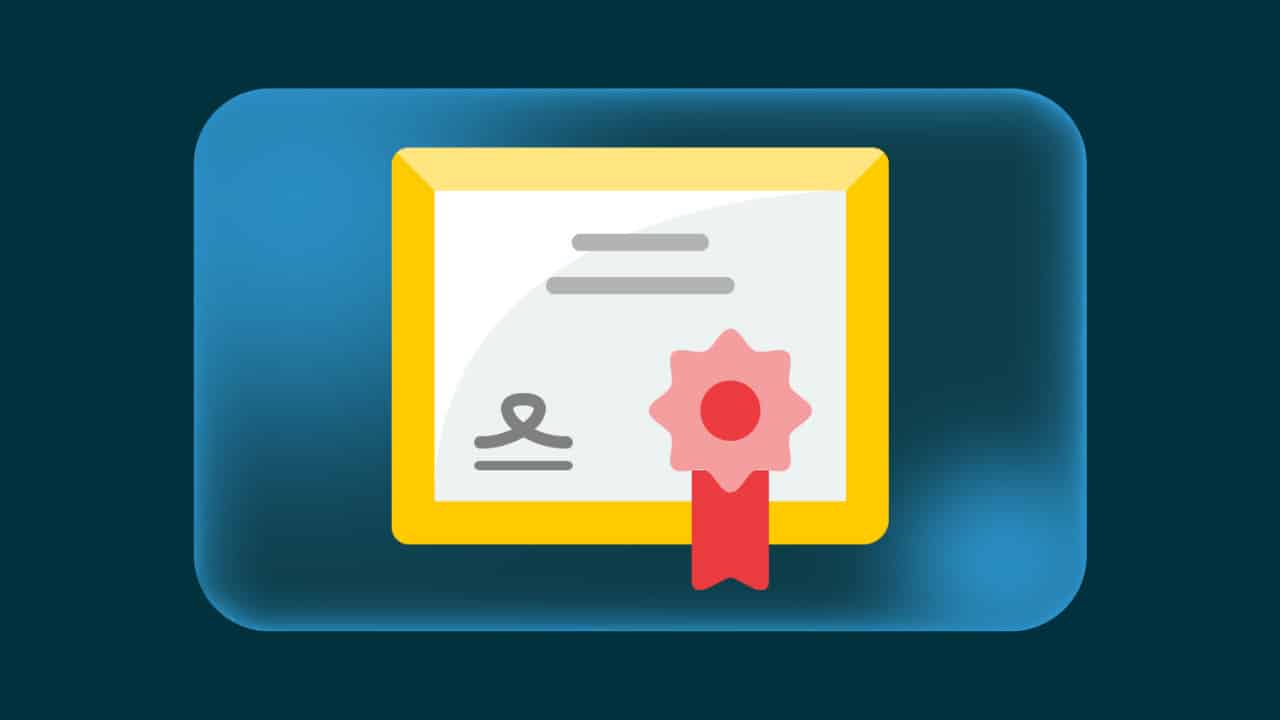The best kind of learning is rarely a one-and-done venture. While a training course may teach you a particular skill or inform your knowledge on a topic, the truth is the world rarely stands still. Skill demands change, understandings become more developed, and processes shift. As such, learning should be woven into the fabric of organizations, underpinning employee development and company goals.
Discover the importance of a continuous learning culture, the steps needed to develop an effective workplace learning process, and what the future of workplace learning might hold.
Get in touch
Join thousands of satisfied customers and take your assessments to the next level.
The importance of continuous learning in the workplace

Continuous learning is the lifeline of organizational growth and individual career advancement. In a rapidly changing business landscape, employees must acquire new skills and knowledge to stay ahead of the curve and combat the often called ‘half-life’ of learning challenge.
Continuous learning promotes adaptability, enhances problem-solving abilities, and contributes to a culture of innovation within the workplace. It is a key factor in employee engagement and retention, showcasing an organization’s commitment to its workforce’s professional development.
Steps to encourage an effective workplace learning culture
Implementing a continuous learning culture doesn’t have to be difficult, and the below 6 steps are a great way to kick the process off.
Step 1: Start at the top
CEOs and executives must lead by example, actively engaging in continuous learning to foster a culture of education throughout the organization.
Step 2: Set organizational expectations
Communicate the expectation of continuous learning through values, company policies, career development discussions, and the recognition of learning achievements.
Step 3: Assess the current learning culture
Track learning activities within your organization and use employee attitude surveys and the number of certifications within the organization to get a baseline of the current learning culture.
Step 4: Promote peer-to-peer learning
Encourage informal learning between employees via methods like ‘lunch and learns’ sessions, roundtable discussions, external speakers, and mentoring programs.
Step 5: Provide external learning opportunities
Facilitate easy access to external learning resources such as webinars, industry meetings, and learning platforms like LinkedIn Learning.
Step 6: Make certifications central
Validate learning and skills through certifications, both external and internal, to provide employees with a sense of achievement and demonstrate valuable work skills.

L&D methods and continuous learning
The learning methods used within the workplace vary, with some organizations relying purely on formal L&D programs, and others using a mix of formal and peer-to-peer or self-directed learning. The one thing, however, that most successful learning and training initiatives in the corporate world have in common is an element of continuous learning. Formal L&D programs often make use of tools like LMS (Learning Management Systems) and AMS (Assessment Management Systems) in order to train, reskill, or develop employees, and not only are these tools excellent for delivering quality training and learning, but they’re also helpful in underpinning a ‘little and often’ approach.
For example, an LMS can act as a centralized repository for learning resources, making it easy for employees to continue to learn and access a variety of training materials, courses, and content in one location. Assessment Management Systems too, support continuous learning by offering a comprehensive framework for ongoing evaluation, feedback, and data-driven insights. Together, these tools contribute to a culture of continuous improvement within educational and professional settings by creating a dynamic learning culture rather than one that is static.
The future of continuous workplace learning
The future of workplace learning is poised to be dynamic, responsive, and deeply intertwined with the concept of continuous learning. As technological advancements and global shifts reshape industries, the need for a workforce that can rapidly adapt and upskill becomes paramount. Continuous learning is becoming more personalized and accessible, with adaptive learning technologies tailoring content to individual needs. The integration of artificial intelligence and data analytics will play a pivotal role in predicting skill gaps, offering targeted learning experiences, and providing real-time insights for both employees and organizations. We might even see a greater emphasis on collaborative and social learning, where employees actively contribute to shared knowledge repositories.
Lifelong learning is becoming a cultural norm, and organizations that champion continuous learning will not only stay competitive but also foster a workforce that is agile, innovative, and resilient in the face of evolving challenges.
Get in touch
Join thousands of satisfied customers and take your assessments to the next level.
FAQ
Workplace learning refers to the ongoing process of acquiring new skills and knowledge within the professional environment. It is crucial for staying relevant in a rapidly changing business landscape, fostering innovation, and enhancing employee satisfaction and engagement.
Employees gain new skills, boosting their career prospects. Organizations benefit from a more skilled and adaptable workforce, leading to increased innovation and competitiveness.
Read our article on the six steps to building a continuous learning culture
AI will understandably leave an indelible mark on the world of corporate L&D. With the ability to provide more tailored and instant personalized learning paths and feedback, employee education will become much more niche and with much less time and effort needed to make it so.
Assessment with comprehensive reporting capabilities are the key to measuring workplace L&D ROI. With deep-data insights, L&D efforts can be measured and acted on.
The two biggest challenges often faced by organizations looking to start out or revamp their L&D programs to be more dynamic and continuous are resistance to change and time constraints. Neither is insurmountable, but both need factoring in during the planning stages.